Let’s face it, science is cool. From mind-blowing chemical reactions (safe ones, of course) to captivating experiments, it’s no wonder that even adults sneak a peek at the kid’s science fair projects. The best part? You don’t need a lab coat or a team of helpers to have a blast with science. In fact, your kitchen can be transformed into a mini-laboratory with just a handful of common household items. So, no need for a lab coat—just grab an old apron, channel your inner scientist, and get ready for some explosive (figuratively speaking) fun with these 15 science experiments!
Experimenting with Fizzing Fun
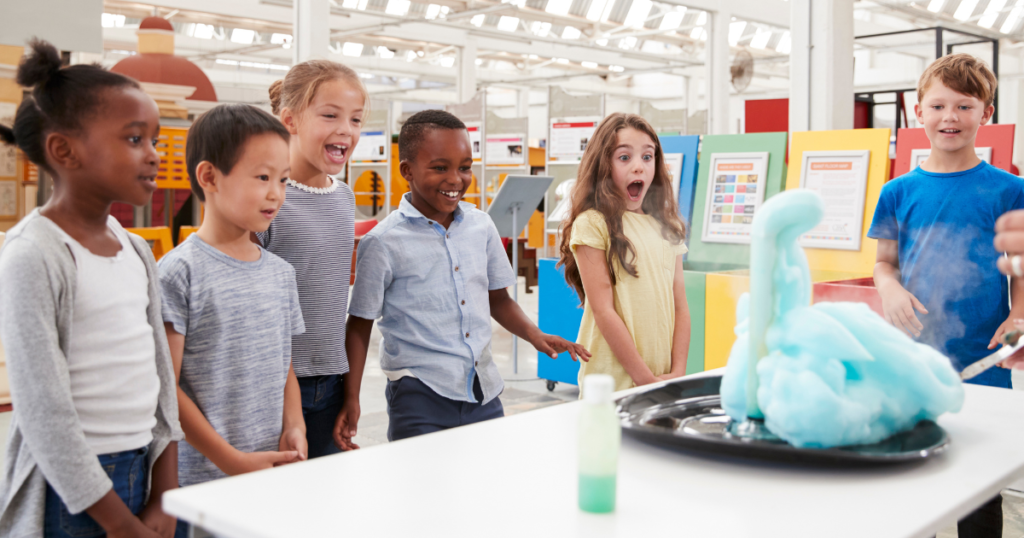
-
The Legendary Baking Soda Volcano
This one’s a must-try science experiments for a reason! Create a volcano using baking soda and watch an exciting eruption of colorful frizz when vinegar is poured in. It’s not just fun; it’s also a fantastic way to introduce chemical reactions. But why does the volcano fizz? It’s all about a base (baking soda) meeting an acid (vinegar), causing a bubbly release of carbon dioxide gas. So, the next time you’re making pancakes, put those leftover baking soda skills to good use (for science!)
-
The Disappearing Egg (…Almost)
Can you make an egg disappear with science? Not by eating it (though that’s always an option!) but by exploring density. Fill a glass with water, then slowly add salt until the egg floats. Thanks to the increased density of the saltwater, the egg will happily bob up to the surface—because buoyancy is a thing, after all!
-
The Raisin Rave
This simple experiment showcases the magic of science in action. Simply drop some raisins into a glass of clear soda and watch them do their underwater dance. The culprit? Tiny bubbles of carbon dioxide! The gas sticks to the raisins, causing them to rise to the surface. But the fun doesn’t last – at the top, the bubbles break free, causing the raisins to sink back down again. It’s a bubbly party in a glass, and you’re invited!
-
The Mentos Geyser
This one always gets a big reaction from the crowd (and a potential fountain hazard, so be careful!). Drop a Mentos mint into a bottle of soda and get ready for a geyser-like eruption! So why the big bubbly show? The Mentos act as nucleation sites, releasing tons of carbon dioxide simultaneously. It’s like a fizzy explosion in a bottle—just be sure to stand back and enjoy the show!
Getting Down and Gooey
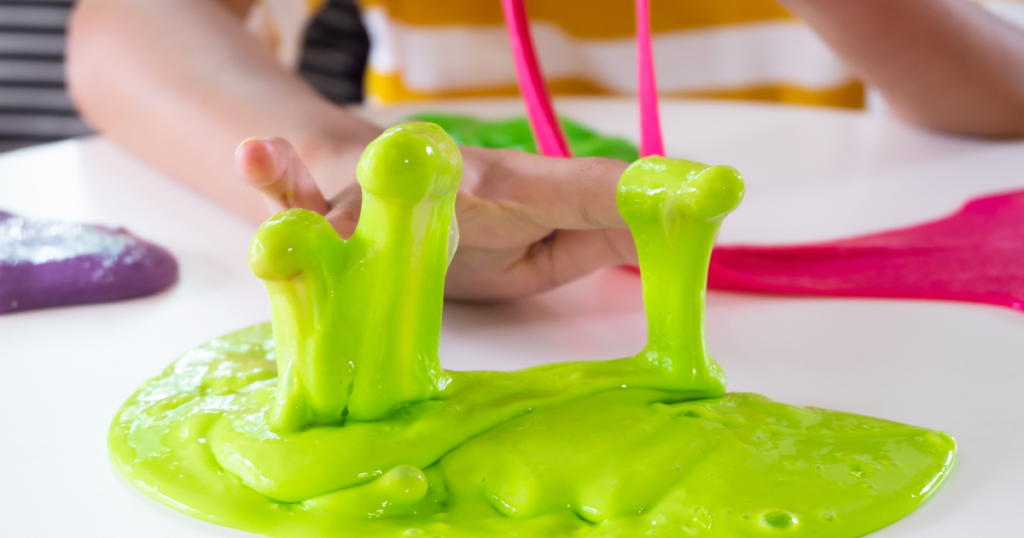
-
DIY Slime Extravaganza
Who can resist the squishy, satisfying fun of slime? All you need is glue, borax solution, and food coloring to whip up your own batch. Experiment with different colors and glitter to create your signature slime masterpiece. Fun fact: slime is a non-Newtonian fluid, which means it can behave like a solid or a liquid depending on the pressure applied. So go ahead, poke it, stretch it, and be amazed!
-
The Cornstarch Waterfall
Cornstarch – not just for thickening gravy anymore! This experiment showcases the fascinating properties of non-Newtonian fluids. Make a cornstarch mixture and try pouring it – it will flow like a liquid. But try squeezing it – it will act like a solid! This happens because the cornstarch particles lock together under pressure. It’s like playing with quicksand, but way more enjoyable (and much easier to clean up)!
Experiments for the Light Seekers

-
Rainbow in a Glass
Tap into your inner wizard and create a beautiful rainbow… in a glass! Fill the glass with water and add some dish soap. Next, dip a skewer in oil and gently swirl it in the water. Abracadabra! A mini rainbow appears. The magic happens as light bends while passing through the oil film, separating into its different colors, just like a real rainbow after a summer storm.
-
Shadow Puppet Fun
Science isn’t all about explosions and slime (although those are definitely fun!) shadow puppets are a great way to delve into the world of light and shadow. Grab a flashlight and some cardboard to get started, so let your imagination run wild with your very own silly shadow puppet stories! It’s like bringing your own personal theater to life right in your own home.
Experiments for the Plant Power Enthusiasts
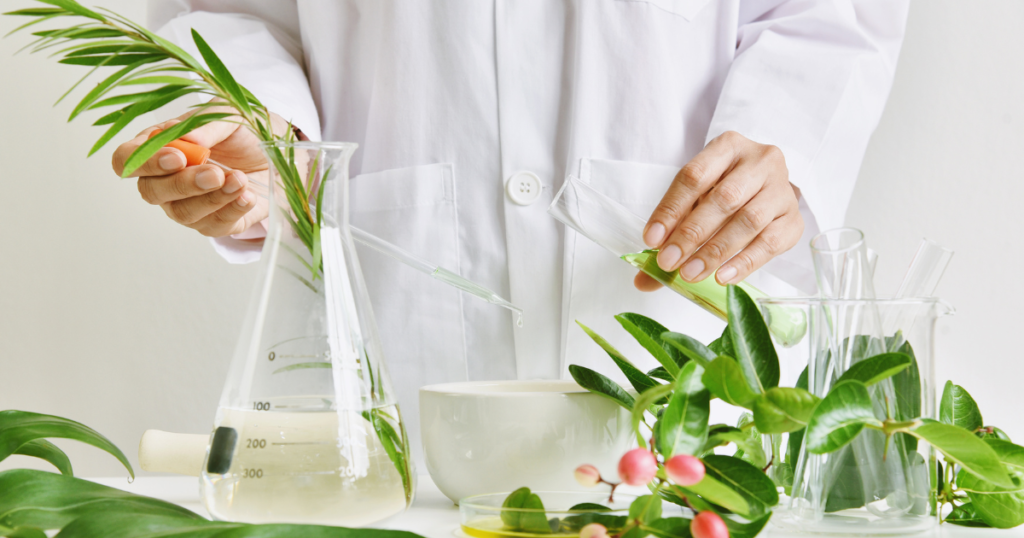
-
The Capillary Climb
Plants are like tiny ninjas, quietly sucking up water through their roots. This experiment uses paper towels and celery to showcase capillary action, the scientific term for this clever water-absorbing trick. Simply place the glass of celery stalk into a glass of colored water and watch as the water travels up the paper towels, just like it travels up the roots of a plant.
-
Sprouting Seeds: Witnessing the Magic of Growth
Ever wondered where our food comes from? Plant some seeds in a jar or pot and watch them sprout into tiny plant babies. It’s a wonderful way to learn about plant growth and appreciate the role of sunlight and water in nurturing plants. Who knows? You might even inspire a future botanist!
Experiments for the Future Astronauts
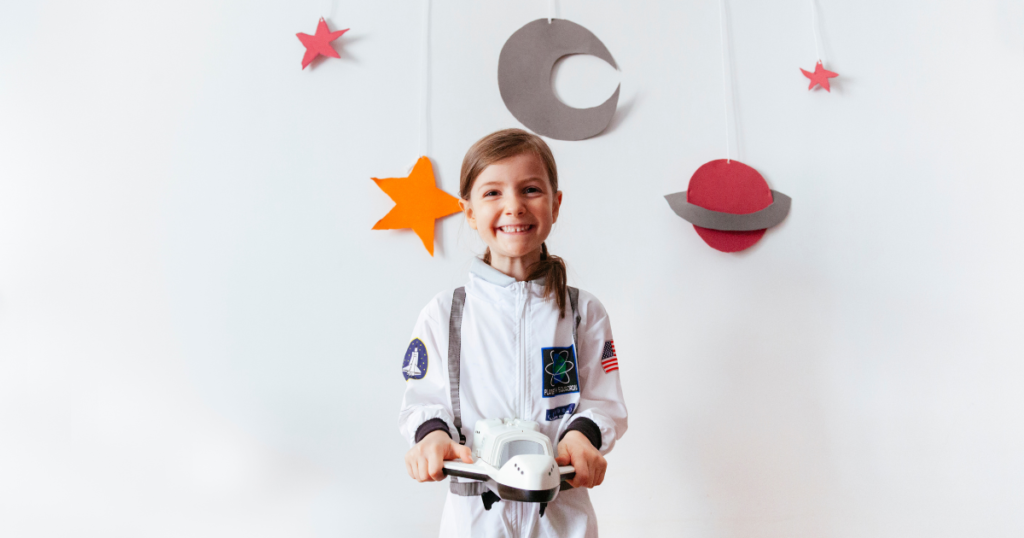
-
The Bursting Canister
This experiment harnesses the power of air pressure to create a mini-explosion (rest assured, it’s perfectly safe!). Start by placing a small of water in a can and heating it on the stove (with adult supervision, of course!). Then, quickly flip the can upside down into a bowl of cold water. The rapid change in pressure will cause the water to burst out of the can in a thrilling puff of steam!
-
Moon Phase Mania
Ever wondered why the moon looks different every night? Create a model using a ball of dough and a flashlight to delve into the different phases of the moon. Who knows, it might ignite dreams of embarking on future moon missions!
Experiments that are Balancing Acts

-
The Egg-cellent Float
Can you make an egg sink or float in saltwater? Dive into density with this simple experiment. Fill two glasses with water, adding a good amount of salt to one, and see how the egg reacts differently in each. For some extra fun, get creative with decorating your floating (or sinking) egg—maybe it can become a pirate ship or deep-sea explorer!
-
The Penny Boat Challenge
Ahoy there, mateys! Can you build a boat that can hold the most pennies without sinking? This experiment is all about buoyancy. Grab some aluminum foil, paper clips, and a treasure trove of pennies (with adult permission, of course), and let’s see who can craft the most seaworthy vessel. It’s time to set sail on a buoyant adventure!
Bonus Experiment! (Because Why Not?)
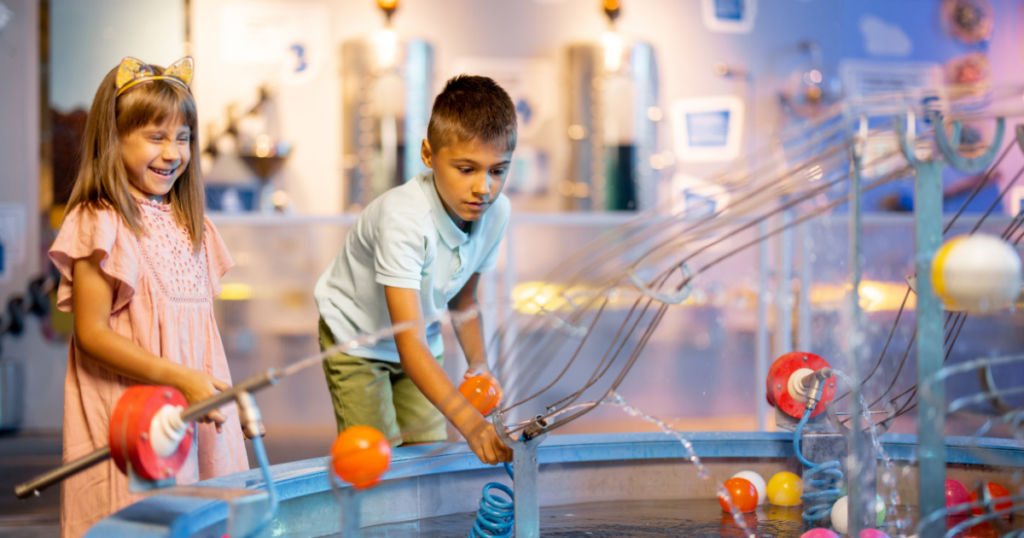
-
Walking on Water (Almost)
Fill a shallow pan with water and sprinkle pepper on top. Now, for your magic touch, dip your finger in some dish soap. Remember, this isn’t holy water—it’s your science superpower! Carefully dab the soapy finger on the water’s surface. Get ready for a splash-tastic display of physics as the pepper flakes scatter like a crowd parting for a magician. The soap disrupts the surface tension, the invisible “skin” on the water, allowing the pepper to finally move freely.
Remember
Safety comes first! Always ensure there’s adult supervision for younger scientists, and be sure to clean up any messes afterward (because let’s be honest, even the most epic science experiments can get a little messy).
Wrap-up
So there you have it, 15 science experiments to spark your curiosity and awaken your inner scientist. Now go forth, explore, experiment, and have a blast! After all, science is all about asking questions, having fun, and perhaps even making a little mess along the way.


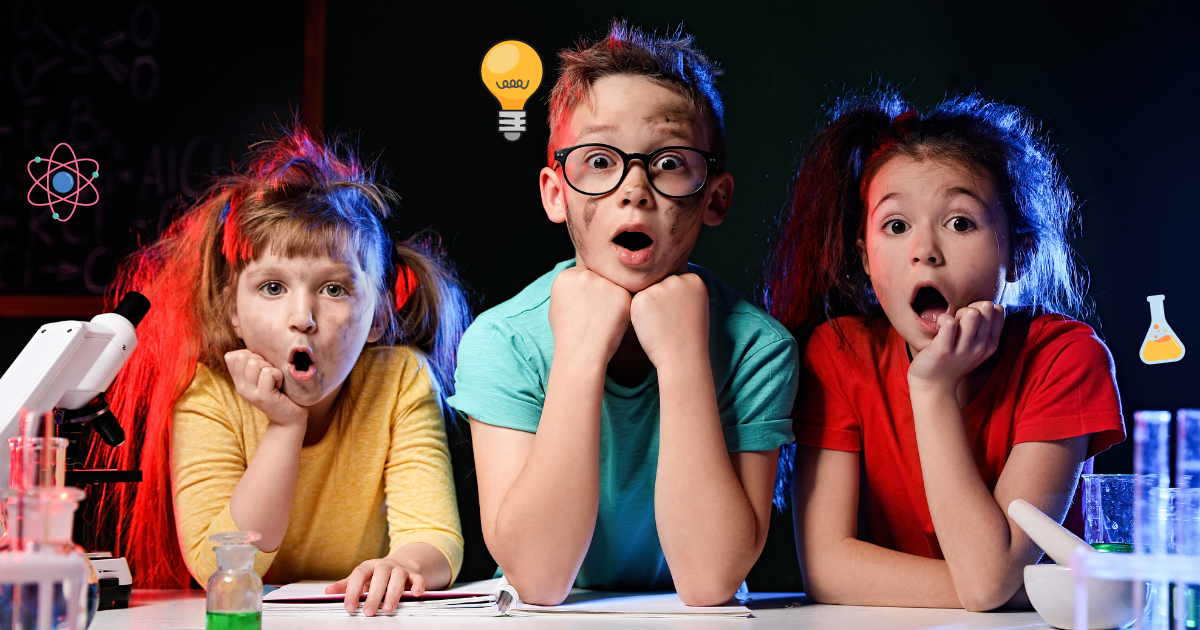
One Response
Woww!! What a fantastic experiments👍👏🏻😎
Mind boggling 💫✨